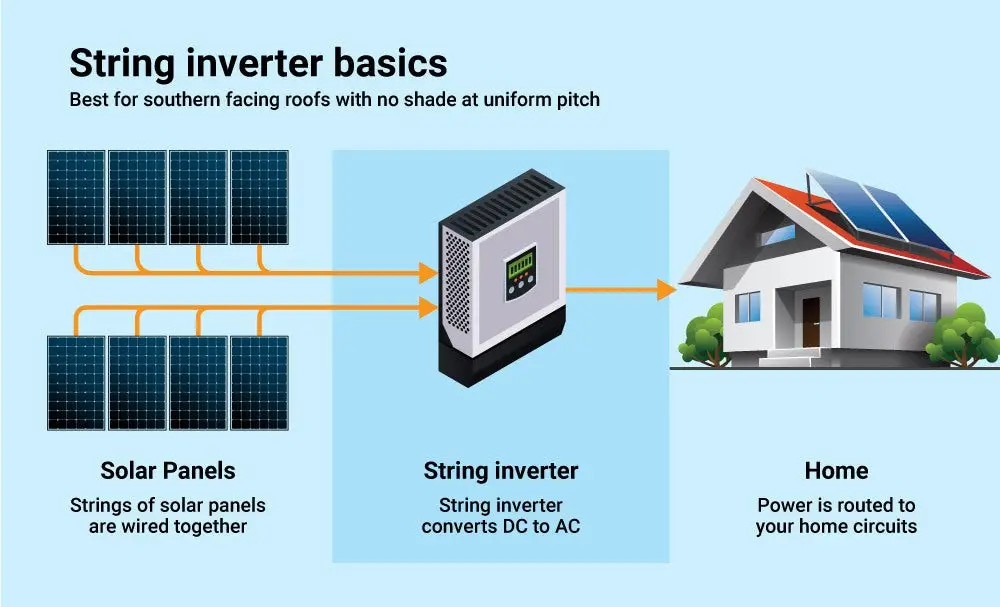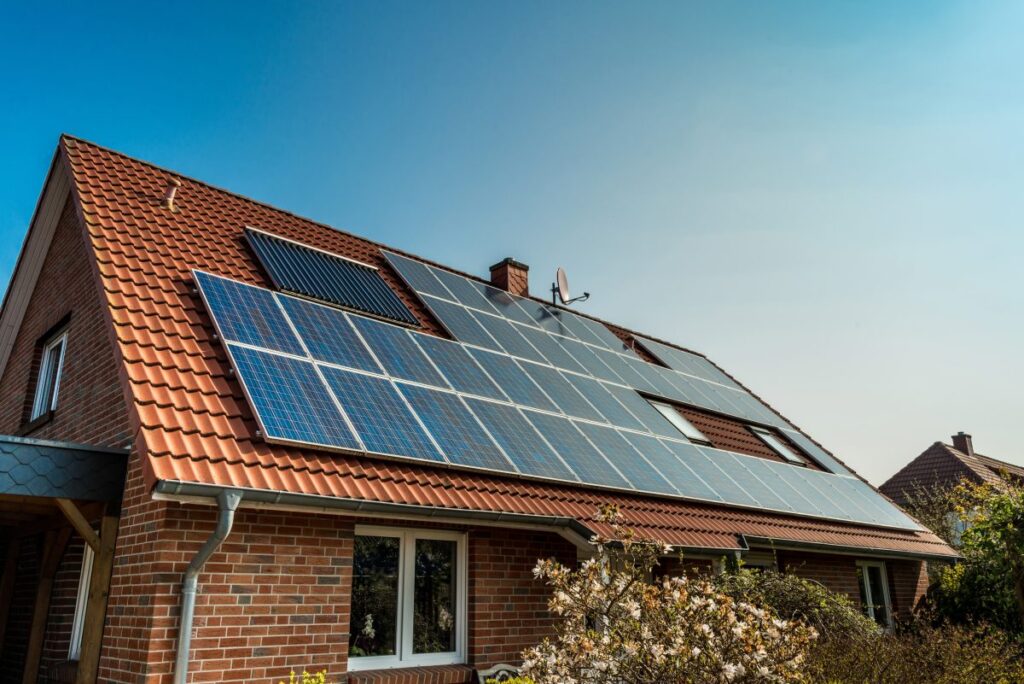Introduction
Welcome to the sunny side of life! In our quest for cleaner, more sustainable energy solutions, solar panels have taken center stage. These technological wonders are like your home’s personal sunshine factory, creating power from the sun. If you’ve ever wondered how solar panels work on your home, you’re in for an enlightening ride. We’ll keep it smartphone-friendly, with easy-to-understand language, and take you on a journey through the science and magic that powers your home with clean, green energy.
Understanding Solar Panels
Alright, let’s dive right in. Solar panels, also known as photovoltaic panels, are like the superheroes of the energy world. These sleek, shiny panels are usually made up of solar cells, and they’re the ones doing all the hard work. These cells are typically made from silicon, and they have a remarkable talent: turning sunlight into electricity.
Imagine this: the moment sunlight hits these cells, they get all excited. They absorb those little packets of sunshine called photons and, as if by magic, transform them into direct current (DC) electricity. This is the basic process that makes solar panels tick. It’s like having a mini power plant on your roof, but instead of burning fossil fuels, it’s all about catching rays.
Inverter Magic
Now, here’s where things get interesting. The DC electricity produced by your solar panels isn’t the kind of electricity that your home runs on. Most of your appliances, gadgets, and lights require a different type of electricity called alternating current (AC). This is where the inverter, a critical part of your solar panel system, steps in to save the day.
Think of the inverter as your solar panel’s translator. It takes the DC electricity generated by the panels and magically converts it into the AC electricity that powers your home. So, your inverter is like the bridge between your sun-soaked panels and your power-hungry devices.

The Power of Net Metering
Now, let’s talk about a nifty concept called net metering. When your solar panels are in full swing and they’re producing more electricity than your home can gobble up, the excess power doesn’t go to waste. Instead, it flows back to the grid for others to use. And you get credit for it!
Picture this: your electricity meter is not just a counter; it’s like a two-way street. When you’re producing more energy than you’re using, your meter runs backward, effectively giving you a credit with your utility company. You can use these credits when your solar panels aren’t producing enough energy, like on cloudy days or at night. It’s like a savings account for sunshine.
Battery Storage Solutions
If you want to take your solar panel system to the next level, consider adding battery storage. A battery system allows you to store excess energy generated during the day for use at night or during cloudy stretches. It’s like having a trusty vault where you can keep all that precious sunlight for a rainy day. Not only does this make you less reliant on the grid, but it can also provide you with an uninterrupted power supply during blackouts.
Environmental Benefits
Beyond the financial perks, solar panels are climate heroes. By harnessing the sun’s energy, you’re contributing to the fight against climate change. Solar power reduces your reliance on fossil fuels, which are a major source of greenhouse gas emissions. So, every kilowatt-hour of solar energy generated is a step toward a greener, more sustainable planet.
And don’t forget the local benefits, too. Solar power systems can reduce the strain on your community’s power grid, leading to fewer power outages and a more reliable electricity supply for everyone.

Maintenance and Longevity
Now, you might be wondering about maintenance. How much work is it to keep your solar panels humming? The good news is that solar panels are pretty low-maintenance. They’re built to withstand the elements, but it’s a good idea to keep an eye on them.
A simple visual inspection every now and then is a good practice. Make sure there’s no dust, leaves, or debris covering your panels. If there is, a gentle cleaning with water can do the trick. And remember, many solar panel manufacturers offer warranties lasting 20 to 25 years, but these panels often continue to produce energy well beyond that timeframe. It’s like an investment that keeps on giving.
Conclusion
Solar panels are more than just a bunch of shiny squares on your roof. They are your ticket to tapping into the incredible power of the sun. They work by turning sunlight into electricity, which can then be used to power your home. With net metering and the option of adding battery storage, you can optimize your energy use and reduce your impact on the environment.
Switching to solar energy isn’t just about saving money; it’s about making a positive impact on the planet we call home. By embracing the sun’s energy, you’re not only harnessing its power but also securing a brighter, more sustainable future for your household and our world.
So, go ahead and bask in the sun’s glow, both figuratively and literally. Make the move to solar power, and watch your home light up with clean, renewable energy. It’s like having a little piece of the sun right on your rooftop!

